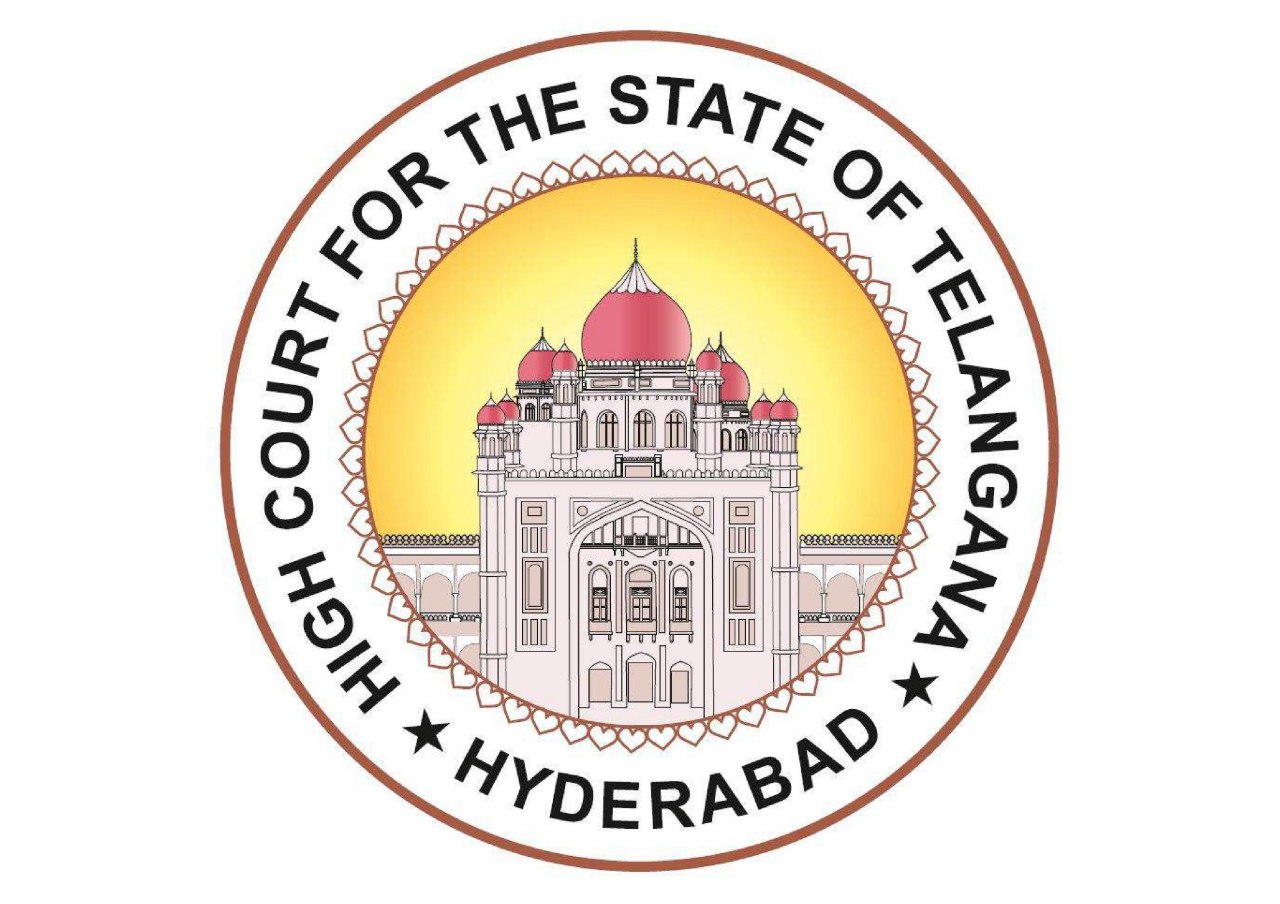About Court
The District Court, Nalgonda was established in the year 1951. Now the Nalgonda District Judiciary is functioning with Twenty Three(23) Courts and one District Legal Service Authority, out of Seven (7) District and Session Courts, five (5) Senior Civil Judge Courts and Eleven (11) Junior Civil Judge Courts.
History
Nalgonda is a district in the southern part of Telangana. The name has been derived from two Telugu words namely Nalla (Black) & Konda (Hill). Nalgonda was earlier called Neelagiri by Rajput rulers and later it was known as Nallagonda following the conquest by Bahamani king, Allauddin Bahaman Shah. The district is spread over an area of 2,449.79 square kilometers.
Deverakonda Fort
Presently in ruined state, Deverakonda Fort was once formidable being located amidst seven hills. Constructed around the 13th and 14th centuries, the fort was entirely under the control of Padma Nayaka Kings from 1287 AD to 1482 AD defeating all attempts made to conquer it. Though now in ruins, the fort tells a lot about the valiant kings of the past.
Nagarjuna Sagar Dam
Telangana owes its famous title ‘Rice Bowl of India’ to Nagarjuna Sagar Dam, which plays a lead role in making the lands of the state fertile. The 124-meter high dam is the tallest masonry dam in the world. This also ranks third in the largest man-made lakes of the world and it involved around 70,000 workers to complete the project. The dam came into use in 1972 after completion in the year 1969. The marvelous architecture involved in storing massive amount of the waters of Krishna River necessitates a visit to this place.
District Museum of Panagal
The District Heritage Museum, Panagal is a historical museum established in Panagal village in Nalgonda district, Telangana. It is located close to the historic Chaya Someswara Swamy Temple of Panagal village.The Panagal Museum was established in February 1982. It is at a distance of four kilometers from Nalgonda town. Panagal in Nalgonda was a place of religious importance during Kakatiya period. The temples here were erected in remembrance of the Kakatiya rulers’ beloved deity, Shiva. The total area of the museums complex is nearly 3 acres. There are many sculptures, prehistoric tools, coins, bronzes, beads, arms and weapons, copper plate inscriptions that are in display here. The objects displayed here were collected from excavations carried out in Vardamana Kota, Yeleswaram, Phanigiri, Panagal and many of them have also been acquired from the State Museum, Hyderabad, ranging from 2nd Century AD to 18th Century AD.




